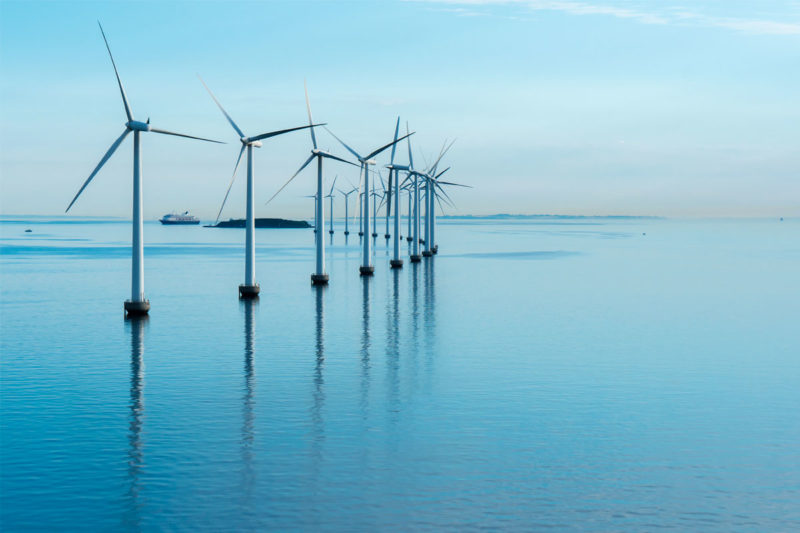Solar, wind, geothermal, biomass… Renewable energies hold the promise of generating electricity without emitting any CO2, unlike fossil fuels like oil and coal, and so rein in global warming. So are these renewable energies really the right solution for a “cleaner” planet?
Renewable energies and energy transition
Solar, wind, hydraulic, geothermal and biomass (waste incineration) are referred to as renewable energies, or renewables, since they will never run out as far as human beings are concerned. All these energy sources, as well as nuclear power, are referred to as decarbonised, meaning that they only emit very little CO2 to make for a cleaner planet.
Energy transition is about switching away from polluting energies that emit CO2 and towards less polluting energies. We currently use much more oil and gas than electricity, and this transition is about trying to get technologies over to electric power as much as possible. It’s also about generating this electricity in a way that’s free of carbon to cut CO2 emissions, and most importantly improving technologies so that appliances use less power. So energy transition is about switching our energy usage to less polluting sources to rein in the global warming that’s posing a threat to the planet.
Is CO2 public enemy number 1?
When we talk about energy transition, we’re always talking about transition towards renewable electricity. Because in the face of global warming, pollution’s number one enemy is carbon (CO2), which along with methane is one of the main greenhouse gases. If we compare by energy source the amount of CO2 emitted by the generation of a given quantity of electricity in a power plant:
- Coal emits 1,000g of CO2 to supply 1 KWh (kilowatt-hour)
- Natural gas: 400g of CO2
- Hydroelectric barrages: from 6 to 140g of CO2
- Solar: 55g of CO2
- Geothermal: 45g of CO2
- Wind: 14g of CO2
- And lastly nuclear power, the champion of the low-CO2 line-up, which only emits 6g of CO2 to supply 1 KWh.
Although renewable energies would seem to be the solution for cutting emissions of CO2, that means more than anything reducing our dependency on oil and coal, in favour of nuclear power which does not promote global warming.
The key role of nuclear power
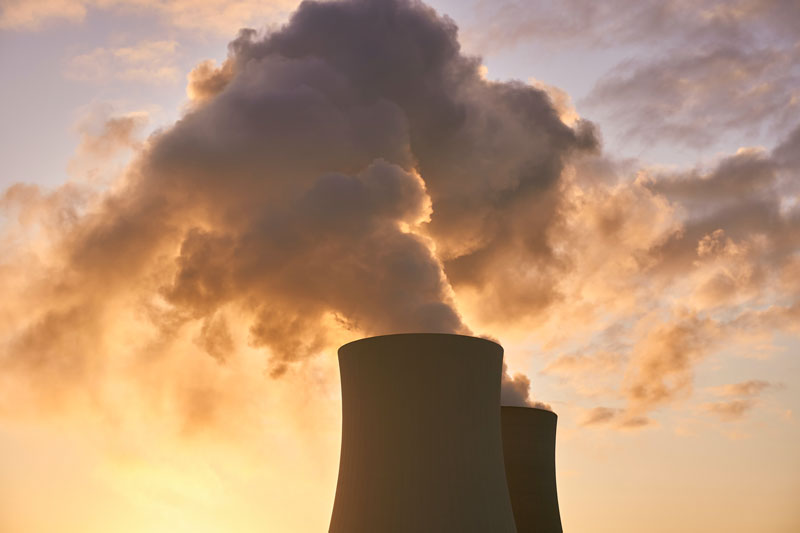
Energy transition is firstly aimed at getting rid of fossil fuels as much as possible – coal first, then oil and gas. This is a very ambitious goal since these energies, which are very important in daily life, also play a critical role in the planet’s financial balance. That’s where the difficulty lies in this energy transition. It means developing renewable energies on a mass scale (prioritising countries that get a lot of wind and sun) whilst going easy on nuclear power, which makes a gentle switch possible. This transition must also avoid the constraints and restrictions that are liable to weigh heavy on populations. The combination of nuclear power + renewable energies will make for an effective, manageable transition.
Are renewable energies polluting?
Solar and wind parks must be built on a mass scale, which gives rise to a great many polluting effects. Because to transform the renewable resource (sun and wind), installations (solar panels and wind turbines) must be built. This requires thousands of tons of materials (concrete, cement, steel, glass, rare earth metals, etc.). Ultimately, this program is going to require 10 to 15 times more materials than nuclear power for the same amount of power generated. And these materials are non-renewable resources since they have used up energy and polluted the environment through their extraction and processing. That’s without even taking into account the production process, which uses fossil fuels and therefore emits CO2 upstream.
What about the land footprint? In other words, what’s the average land surface area that will be occupied, so how much of the natural environment will be destroyed to generate a given amount of energy? Hydraulic power stands at 180 km2, solar power at 170 km2, coal at 80 km2, geothermal power at 50 km2, wind and gas at less than 5km2, and lastly nuclear power which is still in pole position. The development of renewable resources is not without consequence.
The limits of renewable energies
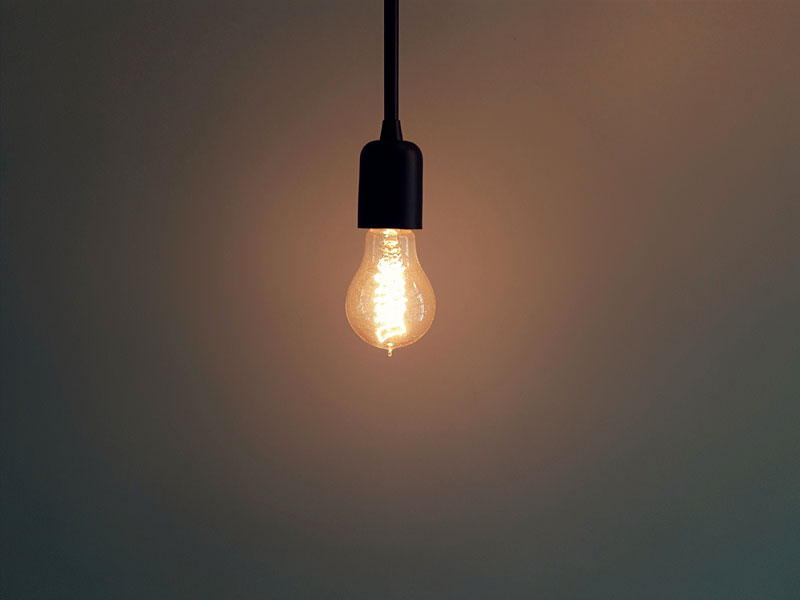
First of all, most renewable energies, whether solar, wind or hydraulic, only generate electricity. Yet electricity isn’t the only kind of power used.
In France, electricity only accounts for 25% of the power used. A great deal of oil is needed (for means of transport, industry, farming and powering homes). As is a great deal of gas, and even coal, even now. Clean electricity is all well and good (we already have that here in France, with nuclear power and hydroelectricity), but it doesn’t solve the problem entirely. Note that this still leaves 68% of directly-used fossil-fuelled energy that will have to be replaced as far as possible with electricity. On condition that it’s decarbonised, so from nuclear or renewable sources.
Why do renewable energies not go far enough?
Because of their “sporadic” operation and poor yield. Solar energy and wind power alike do not go far enough to meet demand for electricity on their own. Because the former depends on the sun, which is only available during the day, depending on the weather conditions, and the latter on the wind, which also blows randomly. So their generation capacity is variable and relatively unpredictable.
It’s inconceivable for France’s main electricity generation system to be that sporadic, with frequent power cuts. That’s why renewables still need to be backed up by on-demand power generation systems, like combustion power stations (gas/coal), nuclear and hydraulic power plants, which can generate power quickly if there’s a sharp rise in demand.
In conclusion, renewables are not the perfect one-stop solution to supersede all other power generation systems.
Storage – a significant problem
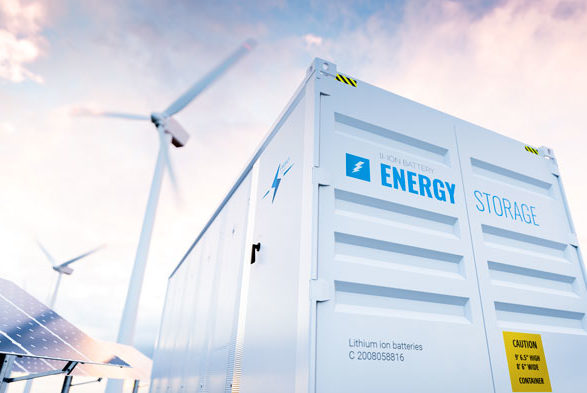
The problem in this “all-renewable” and “all-electric” scenario is the storage of electricity to solve the problem of the sporadic nature of these sources. At the present time, such storage is minimal and done via batteries (generally lithium-ion) which are unfortunately very polluting in terms of their production process and end-of-life phase.
So how can electricity be stored in large quantities without storing up an ecological disaster for the future? Via the pumped-storage power plant (“STEP”), a specific type of hydroelectric barrage. This is currently the only large-scale storage solution that doesn’t use a lot of power. It could be the way forward, even though it has been around for a long time. These particular power plants are, technically speaking, able to store surpluses and plug the gaps in supply from tomorrow’s sporadic renewable energies.
A significant problem remains: building large numbers of these barrages will lead to displacement of populations.
Should we put an end to nuclear power?
In France, nuclear power plants generate around 70% of the country’s electricity without emitting any CO2, So it would be wrong-headed to go without them to drive down CO2 emissions and replace fossil-fuelled energies! Because the country would be forced to replace these power plants with other systems that can be controlled, and are not sporadic in nature. In other words, it would be back to gas (coal being all but outlawed).
Germany went through this some ten years back. The country wanted to pull out of nuclear power in favour of renewables. And as a result? Germany is now the European CO2 emissions champion, since it had no choice other than to go back to coal and gas to compensate for the sporadic nature of its windpower supply, and meet its population’s growing demand for electricity.
How can renewable energies be optimised?
So what’s the solution? Using different energies, depending on where the energy is being used, to arrive at the best energy mix for each country. In France, electricity only accounts for 23 to 25% of power usage, and most of the energy used (especially for cars and heating) comes from oil and fossil fuels.
And as we have seen, they are the most polluting. More than the processing of energies, reduction in usage of these fossil-fuelled energies is the real issue when it comes to energy transition.
Energy sobriety above anything else
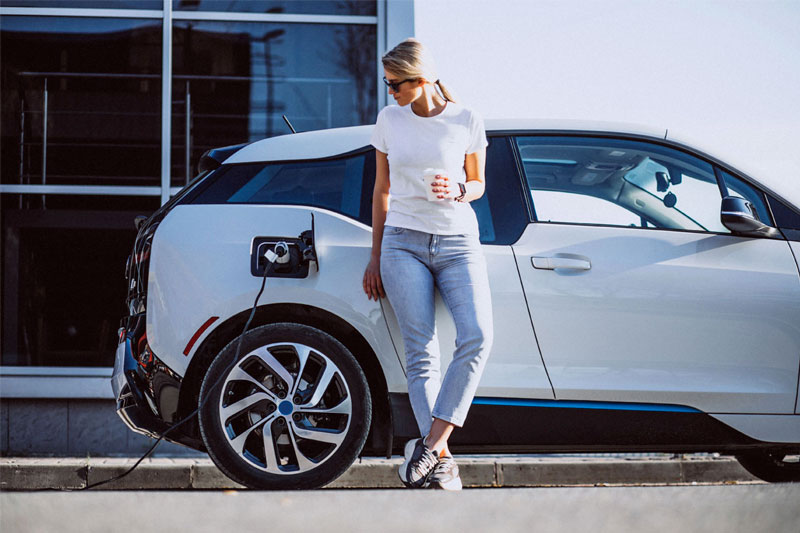
Ending the use of oil, gas and fuel oil is proving extremely difficult. Converting the automotive fleet to run on electricity calls for car charging infrastructure and a great deal of battery resources. In addition, if all of France’s motorists were to drive electric cars, the country would have to generate much more electricity. And generating a lot of electricity from renewable energies poses a problem.
This is why experts believe that when it comes to energy transition, the most important aim is first of all the reduction of energy needs (especially car journeys and heating).
What are the risks of going all electric?

The energy strategy currently pursued by the European Union promotes sporadic renewable energies to take the place of coal firstly, then gas and at the same time nuclear power (depending on the country).
This program is liable to lead to major power and resource supply problems in the coming decades. It’s already the case in some Nordic countries which have switched to electric cars on a mass scale and have been confronted with a shortage.
It raises the question with regard to France, which is pursuing its policy of shutting some nuclear power plants to replace them with renewables. Because the mass electrification imposed by wholesale decarbonisation, not least when it comes to means of transport, leads to ever-higher demand for electricity.
While renewable energies are essential to energy transition, and most importantly are eco-friendly, not one of them is perfect. Hence the merit of drawing on a diverse range of energies, and retaining nuclear power with its low CO2 emissions and high efficiency. But more than anything else, the transition towards renewables must be coupled with a steep drop in energy needs, which calls for an epiphany and a lifestyle change for each and every one of us.


